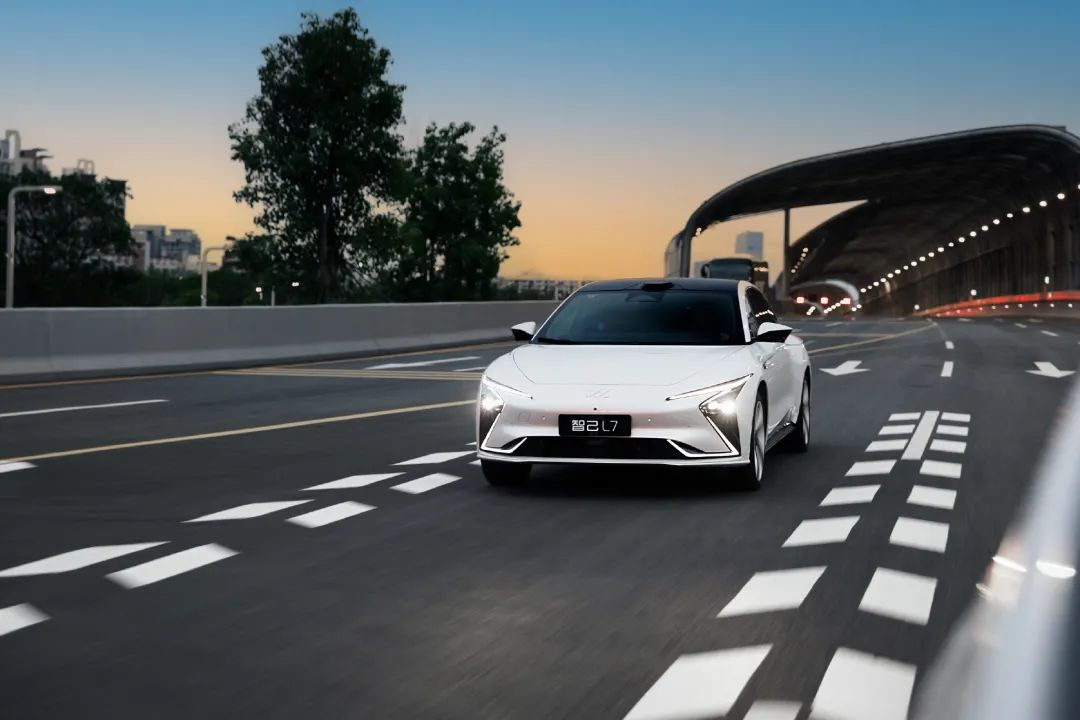What Should Cars Look Like in the Age of Intelligence?
Driving – how important is it in the world of future cars? This seems to be the biggest question that all car brands still in the business or aiming to enter it need to face.
However, since the birth of Tesla, the answer to this question has gradually become clearer. Even before Tesla, people had imagined countless times making cars a versatile mobile space where anything could be done, while driving was no longer an issue.
If it was a fantasy back then, it might not be now. With intelligent driving aids and even more advanced automatic driving on the agenda and gradually being implemented on the road, the technical aspect of driving seems to be a thing of the past.
But some people still don’t see it that way.
Yes, I’m talking about Zhi Ji Auto, which is still fiercely working on vehicle control, and its joint CEO Liu Tao. Although engaged in smart technologies and new energy, they never intended to focus solely on intelligent driving.
Last year, Liu Tao personally released Zhi Ji Auto’s second product, LS7, in Shanghai. As expected, Zhi Ji Auto wanted to present LS7 as the car of the future.
However, what Zhi Ji Auto intends to produce as the “car of the future” is not the same as people’s general expectations of an intelligent vehicle. Instead, Zhi Ji Auto focuses more on whether the car handles well or not.
Firstly, it is important to understand that Zhi Ji Auto has never abandoned smart technologies. They are still conducting research on intelligent driving assistance. Being founded with Alibaba and Zhangjiang High-tech from the beginning of the brand shows that smart technologies were always at the forefront. Moreover, Zhi Ji Auto has been attempting to incorporate and upgrade their cars with cutting-edge hardware such as LIDAR and Orin chips. On the recently launched LS7 model, for example, you can observe the LIDAR on the top of the car.But if one must choose a breakthrough point, Liu Tao’s choice is the strong suit of traditional automotive brands, or rather traditional German automotive brands—driving control.
Driving control has never been a new direction, but it seems to be a direction that new car makers rarely choose in the intelligent era.
The reason is easy to understand. First of all, the main driving force for driving control requires a very strong system support and a more comprehensive understanding of automobiles and deeper accumulation of car making. For new car makers who carry capital and hope to mature quickly, there is neither the former nor the latter and they cannot afford the time nor the urgency.
Secondly, in the past era of automobiles, the label of driving control has already been divided. Whether it is Liu Tao and his support from SAIC Group’s Smart Community, or any new brand, if they want to challenge and redefine the territory in the driving control world in the electric era, it is not necessary and difficult to do so.
Therefore, what we see is that almost all new car brands are challenging the existing position of BBA. However, almost all of them are trying limitedly in terms of technology level, user level, and market sales level. But if one really wants to “hardcore” in terms of product performance, particularly in the driving experience field, which is the strong suit of German cars, it seems that SAIC Smart Community is the only one who could do it.
This can be clearly seen from the slogan that Smart Community put out when L7 was released—”Flagship of the New World of Driving Control”.
This product logic and even brand logic cannot be separated from Liu Tao’s academic background as a science and engineering student who graduated from the University of Geelyn and from his professional background of dealing with products for nearly 20 years at SAIC Group.
Therefore, Liu Tao realizes that although intelligent driving will inevitably become the mainstream field for everyone to develop and catch up with in the future, at this stage, due to bottlenecks in technology and legal regulations, almost all brands that are racing on the track can only stay at the level of L2 intelligent driving assistance, making limited progress.
At this time, participating in the competition requires us to return to the most initial state of car making. Since we cannot temporarily hand the steering wheel over to the car, naturally we need to provide drivers with a better driving experience. Liu Tao, who is keenly aware of this point, has said more than once: “We need to do the driving control to the extreme and do it well. We want Smart Community L7’s handling to have texture and to get better and better as we drive it, making it an addictive car.”# Liu Tao said it, and IM did it.
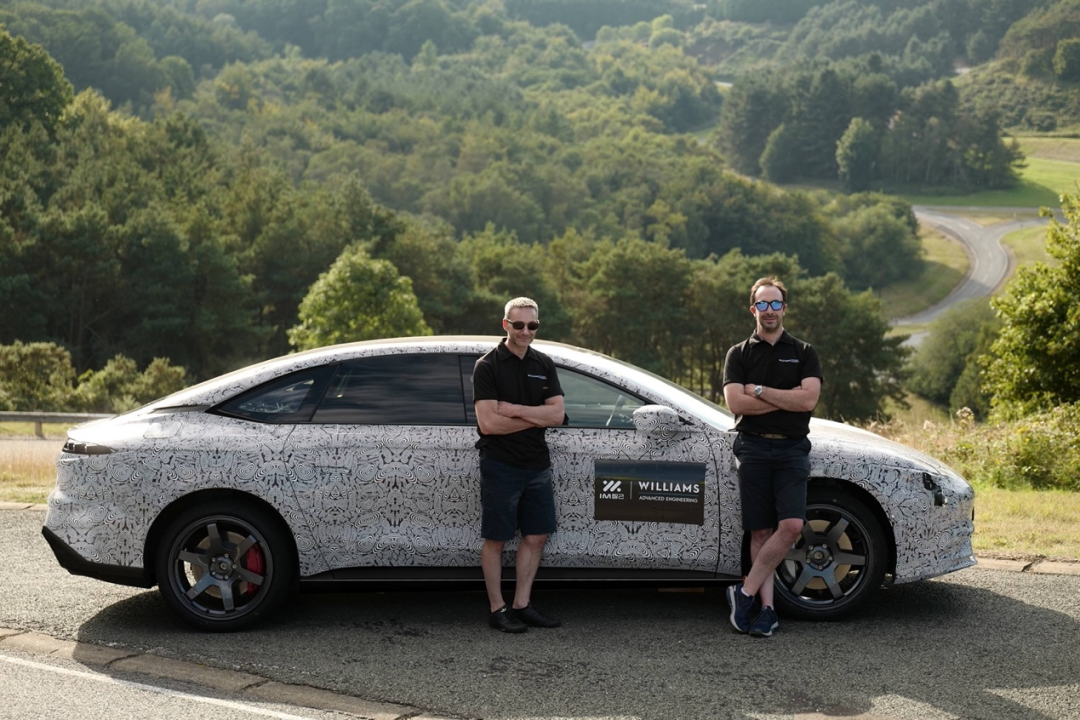
You may still remember the tough time of the Shanghai epidemic in the first half of last year, and the direct and fierce release event of IM L7 held at the Tianma Circuit in Shanghai by IM Automotive. At that event, Liu Tao, dressed in engineer attire and together with the famous F1 host Li Bing, witnessed IM L7 successfully challenging the Guinness record for “longest electric vehicle drifting on wet slippery roads.”
Before IM L7, this record was held by Porsche Taycan.
It’s worth noting that when IM L7 was still in the internal debugging stage, the British were not interested in calibrating L7. It wasn’t until IM sent L7 all the way to the UK and Williams team leader personally experienced it that they reached a consensus: “IM L7 is one of the greatest performance cars we have worked on.”
During the subsequent one year, L7 underwent two rounds of calibration. In the second round, Liu Tao even participated in person and formed a chassis task force to participate in chassis upgrades and calibration. Obviously, as a STEM student with an engineer’s mindset, Liu Tao did more than just giving orders. More often than not, he would personally try and calibrate, not just building a product, but also crafting a work that satisfies himself.
At the same time, if you pay attention to the details, you will notice that the clothes Liu Tao wore in the event video were carefully selected. On the right side of the smart IM logo on the left chest of the shirt are several important suppliers, including Williams Advanced Engineering team, Pirelli, and Brembo.
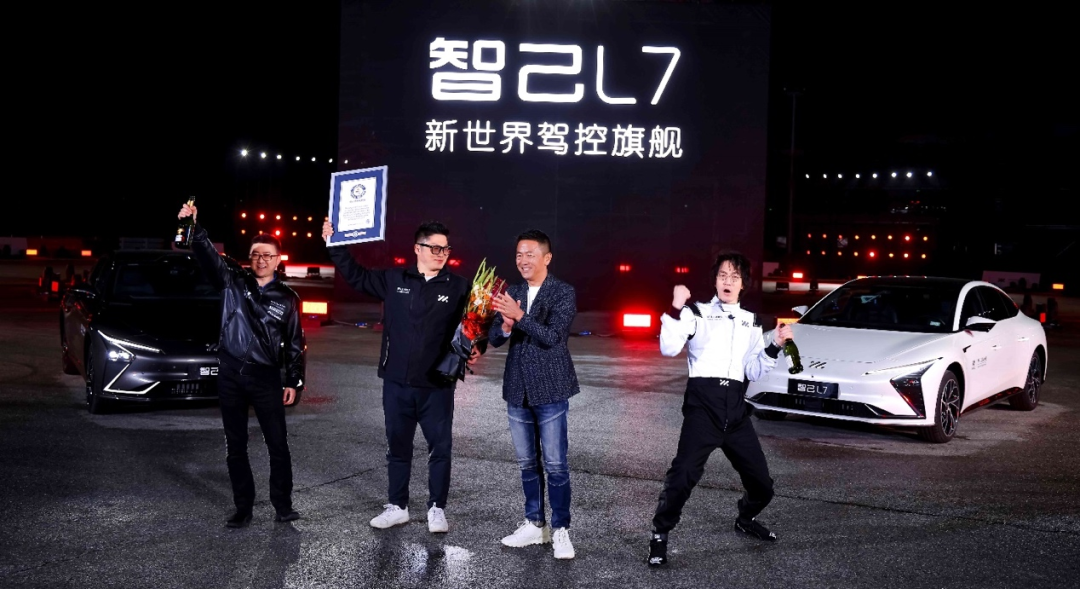
This is Liu Tao’s cunning, he can silently spend a lot of cost and great capital to build a car that drives extremely well. But more importantly, he doesn’t just want you to realize this when holding the steering wheel. The team’s efforts and the support of top suppliers must be known by more people.And he is the best promoter.
Therefore, Liu Tao will promote the IM automobile and Williams Advanced Engineering team in more occasions, and reveal how they have been meticulously tuning every detail about driving and feedback of the vehicle on the race track in the UK. Because he believes, “You can put together the best steering, suspension, electric-controlled suspension, and rear-wheel steering in the world, if you have enough money. But what you cannot achieve is tuning.”
Similarly, he also tells every user and potential user, “IM must make the mechanical quality the best, truly considering the user’s perspective from the mechanical quality and original architecture layers, and bring the best experience.”
Later events, everyone knows, the IM L7 recently challenged the Zhejiang circuit and broke the fastest lap record.
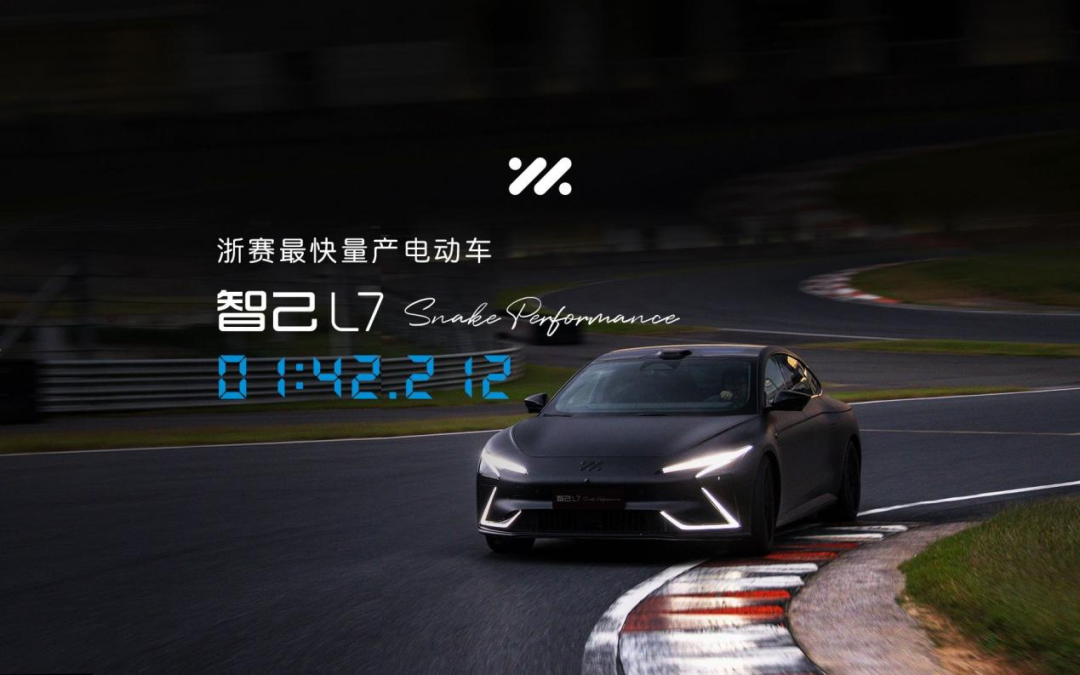
For Liu Tao, choosing the most traditional driving control in the era of intelligent automobiles is a particularly unconventional move. Therefore, more people are concerned about why he would do this?
Where does Liu Tao or IM’s bottom logic lie?
Bottom logic: The car decides the ceiling of intelligence
The bottom logic of intelligent automobile manufacturing has actually begun to become somewhat differentiated.
This differentiation is actually determined by the attributes of the manufacturer making intelligent automobiles. For new brands, they hope to jump out of the original automobile manufacturing logic and directly enter the automation era. This is because they do not have enough time and capital to retrace the path that traditional automobile brands have taken over the past century.
Speed is the lowest cost and most efficient way.
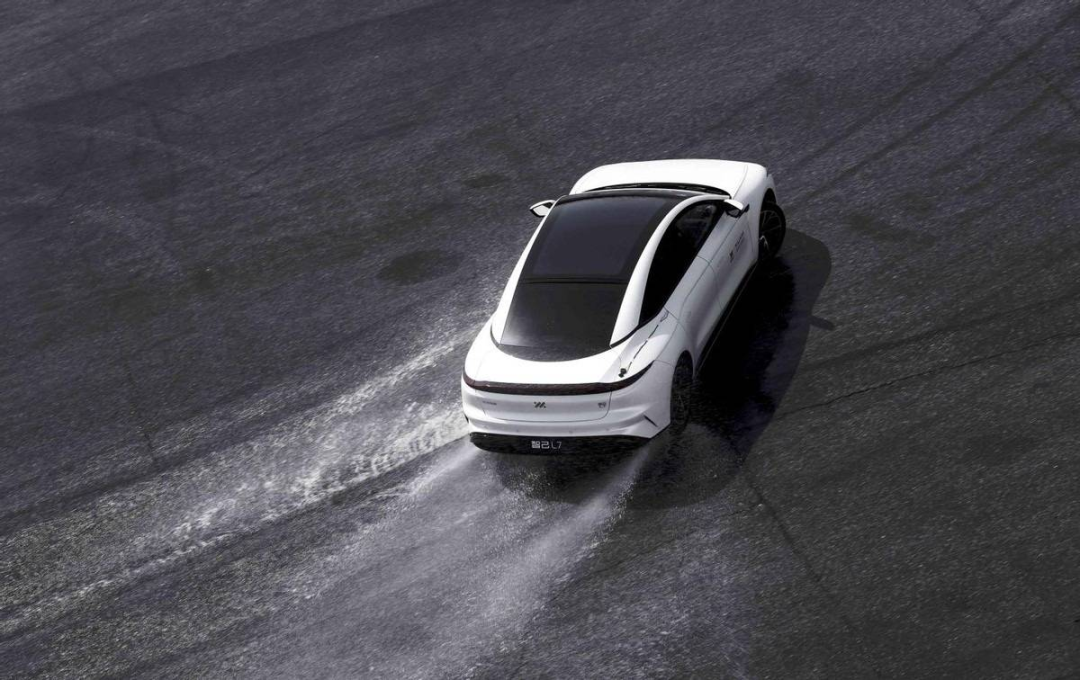
Therefore, we see the intelligence robotization and intelligence smartphoneization of intelligent automobiles. Smartphone manufacturers start making cars, and automobile manufacturers start making smartphones. Even Lei Jun once said, “Intelligent automobiles will evolve into purely consumer electronics products.”
This logic is unacceptable to traditional automobile manufacturers. To build a better car, it must be a car first. These old brands do not reject the arrival of the wave of electrification and intelligence, but decades or even hundreds of years of automobile manufacturing experience do not need to be abandoned, nor is there any reason to abandon it.So, we have seen the German carmakers launching electric car products with luxury or high-quality driving control, while Honda, a Japanese automaker, is also trying to bring the product features and usage experience of electric cars as close as possible to the known Honda fuel cars.
In short, while the form of energy can be changed and the level of intelligence can be improved, a car is still a car.
And Liu Tao and his Zhi Ji are faithful practitioners of this logic.
In Liu Tao’s view, “Cars will not dominate the market like mobile phones with a single long board. In the intelligent era, driving control, automatic driving, materials, quality sense, and intelligence cannot be inferior.”
First of all, cars must transcend the existence of mobile phones, after all, “we carry the phone, but the car carries us.” Therefore, while car manufacturing must attach importance to software learning, mechanical quality must also score full marks.
This is a very clear understanding, and also an important underlying logic that drives Liu Tao to create driving control and better Zhi Ji cars.
In this logical framework, if the intelligence of intelligent cars encounters bottlenecks, more advantageous long boards must be developed. Driving control is the “long board” Liu Tao has chosen. At the same time, this long board and the intelligent driving assistance, even automatic driving, are not parallel modules, but mutually supportive relationships.
Previously, Liu Tao said that better performance actually represents better safety. This safety can actually be understood from two levels: mechanical and intelligent.
At the mechanical level, it is easy to understand. More precise turning, swifter acceleration, more efficient braking, and daily driving can bring a user-friendly experience to the driver. When encountering danger, the vehicle can better cooperate with the driver’s emergency response, which can greatly improve the safety coefficient of the vehicle and the driver.
At the intelligent driving level, high-performance meaning is even more important. Because once intelligent driving is applied, the degree of human intervention will be low until it disappears. At this time, whether the mechanical performance of the vehicle can match better driving control logic and respond faster can be avoided more effectively in various dangerous situations.
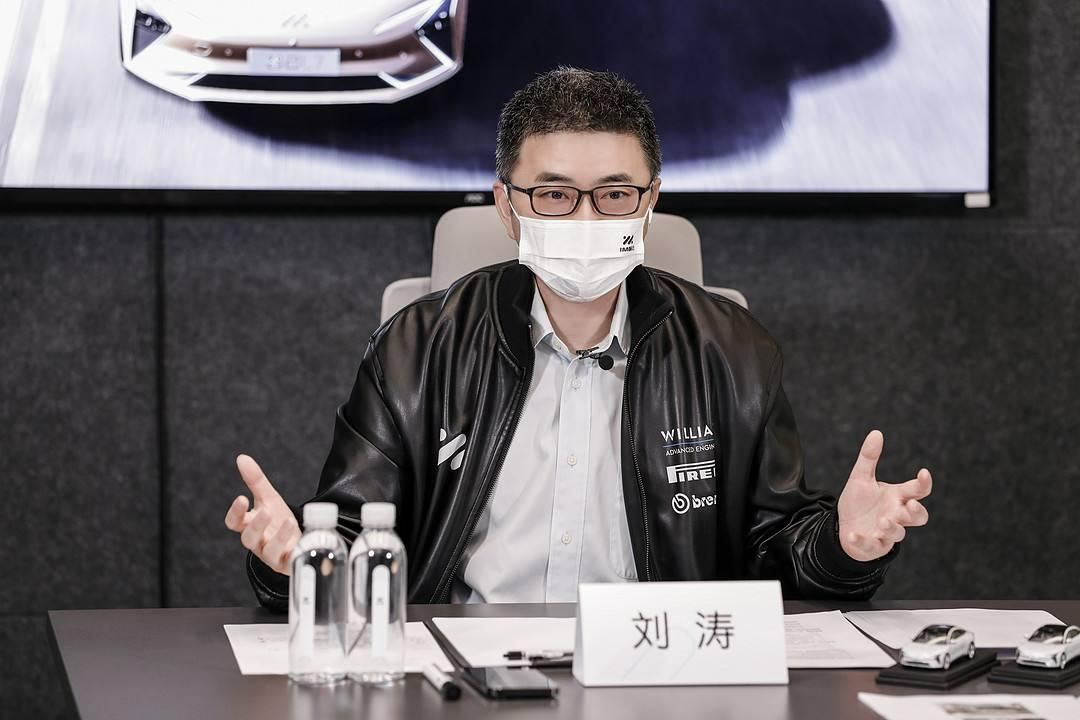 To know that software can be upgraded, but the main hardware of a car, including chassis, brakes, and steering, calibrated and adjusted repeatedly, is hard to upgrade in future use (even if it can be improved, the cost is high and the achievements are limited). Therefore, software is not the ceiling of smart cars, but the main hardware of vehicles, including chassis, brakes, and steering. As Liu Tao said, “pay attention to the mechanical structure of the car, and then look at the data of the car. These two things are not contradictory, but the two sides of a good car. Safety is kept within the standard of the track level, and the experience can be OTA, but life cannot be OTA.” Liu Tao once said, “Software intelligence may be a bit slower, but the maturity of software needs to reach 99.9999%.” But before that, “the ultimate architecture is equal to the improvement of safety margin.” Obviously, this is the underlying logical guidance for the smarter driving experience of Ji Car built under the surface of the racing experience and better driving performance.
To know that software can be upgraded, but the main hardware of a car, including chassis, brakes, and steering, calibrated and adjusted repeatedly, is hard to upgrade in future use (even if it can be improved, the cost is high and the achievements are limited). Therefore, software is not the ceiling of smart cars, but the main hardware of vehicles, including chassis, brakes, and steering. As Liu Tao said, “pay attention to the mechanical structure of the car, and then look at the data of the car. These two things are not contradictory, but the two sides of a good car. Safety is kept within the standard of the track level, and the experience can be OTA, but life cannot be OTA.” Liu Tao once said, “Software intelligence may be a bit slower, but the maturity of software needs to reach 99.9999%.” But before that, “the ultimate architecture is equal to the improvement of safety margin.” Obviously, this is the underlying logical guidance for the smarter driving experience of Ji Car built under the surface of the racing experience and better driving performance.
Conclusion
For Liu Tao, choosing to build the Ji brand of new energy intelligent cars into a brand with better driving experience is undoubtedly a new and unique approach. However, if one can clearly understand what kind of product to present to consumers before this; if one can think clearly that driving control is not limited to driving control but also the key to opening up a better future development direction, this is a correct choice. Of course, there are still more problems and challenges facing Liu Tao and Ji. But if one adheres to the original intention of building a good car, and persists in the stubbornness that an engineering man should have, one should continue to move forward. The market will definitely give a fair and positive feedback. Liu Tao and Ji’s “counterattack” should have a more anticipated 2023.
This article is a translation by ChatGPT of a Chinese report from 42HOW. If you have any questions about it, please email bd@42how.com.
